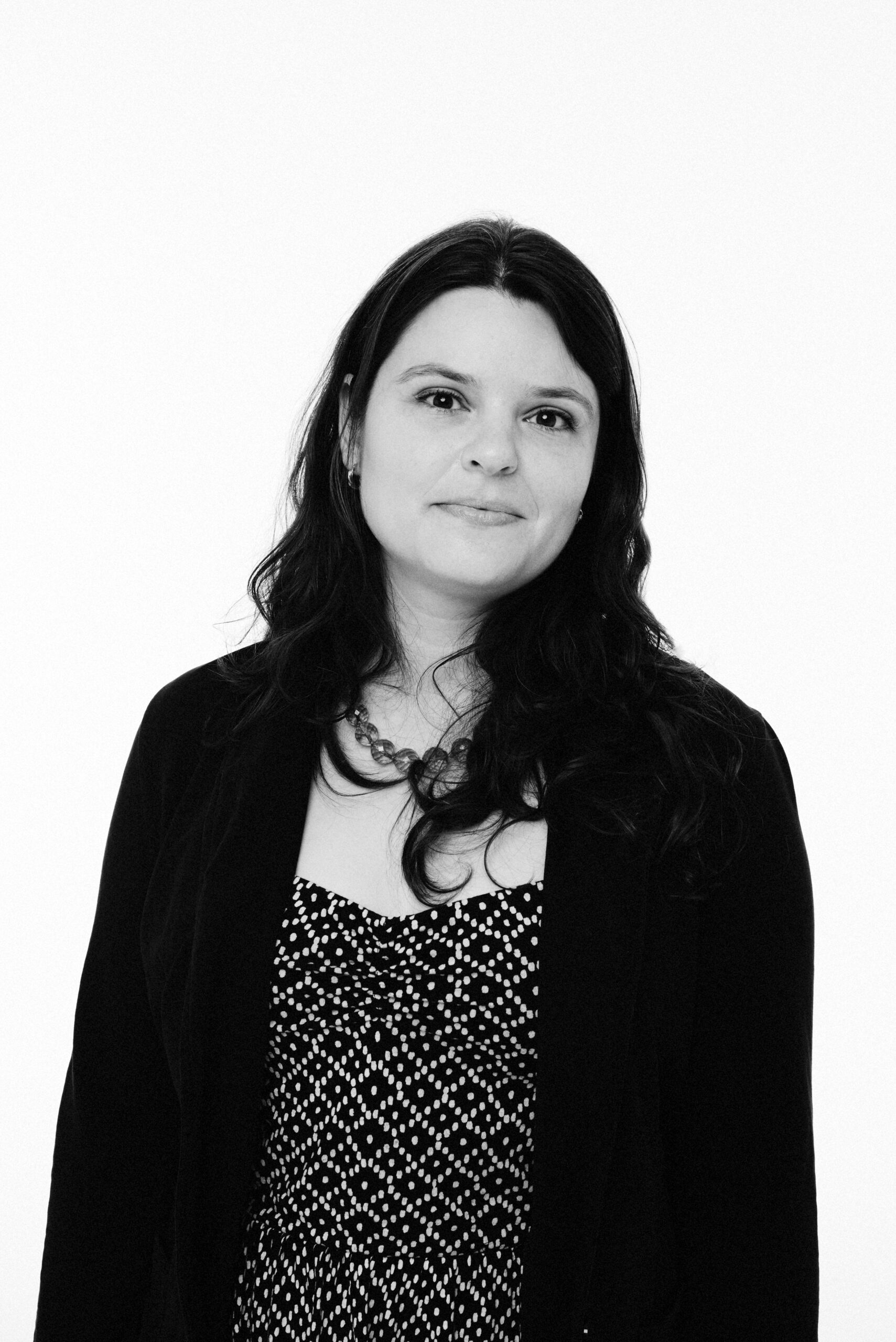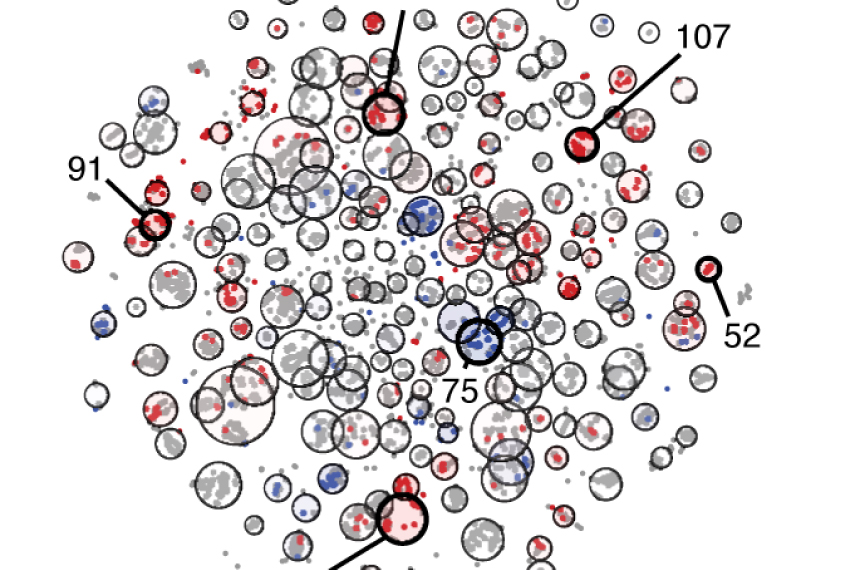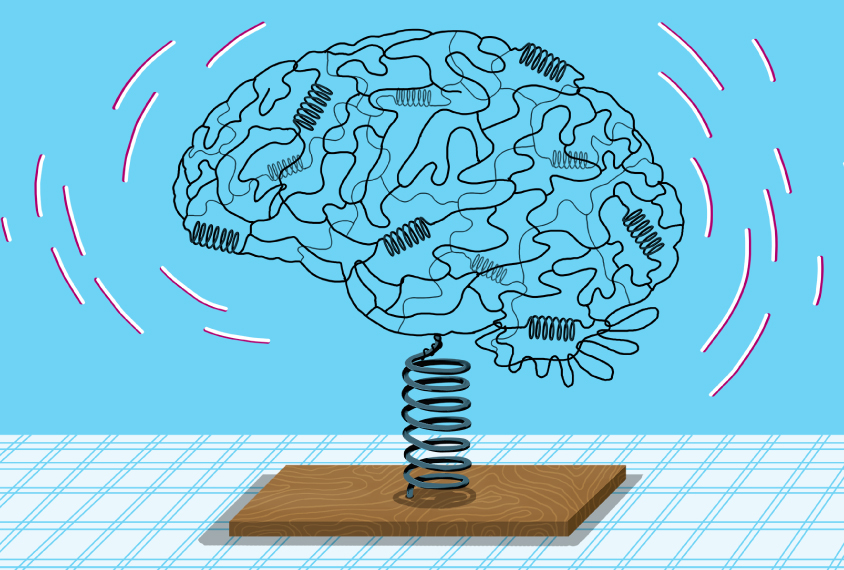Jessica Wright was senior news writer at Spectrum from 2010 to 2019. Her writing has also appeared in Nature and Scientific American.
Jessica has a Ph.D. in biological sciences from Stanford University.

Jessica Wright was senior news writer at Spectrum from 2010 to 2019. Her writing has also appeared in Nature and Scientific American.
Jessica has a Ph.D. in biological sciences from Stanford University.
The bulk of the increase in autism prevalence stems from a growing awareness of the condition and changes to the diagnostic criteria.

The number of top autism genes has risen from 65 to 102, based on an analysis of more than 35,000 sequences. And researchers are seeing the first hints of autism risk variants in the regions between genes.

A child’s environment exerts a strong influence on the severity of her autism, a study of identical twins suggests.

Autism and epileptic seizures often go hand in hand. What explains the overlap, and what does it reveal about autism’s origins?

Experimental surgeries to prevent seizures may help scientists understand the link between autism and epilepsy.

A countenance such as a grimace activates many of the same cortical pathways as voluntary facial movements.

A countenance such as a grimace activates many of the same cortical pathways as voluntary facial movements.
Rather than act as a simple switchboard for innate behaviors, the hypothalamus encodes an animal's internal state, which influences behavior.

Rather than act as a simple switchboard for innate behaviors, the hypothalamus encodes an animal's internal state, which influences behavior.
When it comes to discovering laws of nature for consciousness similar to those in physics, Maier argues that integrated information theory is the only game in town.
When it comes to discovering laws of nature for consciousness similar to those in physics, Maier argues that integrated information theory is the only game in town.